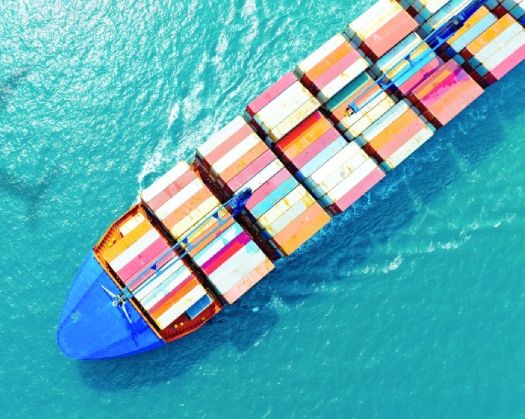MUSCAT: The unexpected announcement of extensive new tariffs by US President Donald Trump, made during what he referred to as “Liberalisation Day,” has unsettled global markets and created a new layer of uncertainty in international trade. Smaller economies, such as Oman, are particularly vulnerable and may experience significant repercussions despite their minor involvement in the US trade deficit.
The new measures include an immediate 25 percent tariff on all foreign-made vehicles, a 10 percent baseline tariff on all imports starting April 5, and country-specific reciprocal tariffs that could reach up to 49 percent, effective April 9. Canada and Mexico seem to be exempt from these tariffs under the US-Mexico-Canada Agreement (USMCA), although previous tariffs on certain goods remain in place. For China, the total duties will now amount to 54 percent, combining the new 34 percent tariff with the existing 2 percent.
Trump is presenting these bold actions as essential for tackling America's persistent trade deficits. However, the justification and the data supporting these claims—especially regarding smaller and Gulf economies—have come under scrutiny.
An Omani trade and economic policy expert raised concerns about the accuracy of the figures provided. “For instance, the US had a trade deficit of $295.4 billion with China in 2024. When you divide that by the $438.9 billion in imports, you arrive at the 67 percent figure mentioned by the Trump administration. That calculation is valid,” she noted. “However, for many other countries, particularly in the GCC, the numbers seem inconsistent or arbitrary.”
Oman generally enjoys a trade surplus with the United States, indicating that the US exports more goods to Oman than it imports. Furthermore, Oman imposes a universal import tariff of 5 percent on most countries, excluding its Gulf Cooperation Council (GCC) partners. However, due to the Oman–US Free Trade Agreement (FTA), which has been in effect since 2009, the US is exempt from these tariffs. Consequently, US goods are only subject to Oman’s 5 percent value-added tax (VAT). “I don’t understand how Oman could face a 10 percent tariff under this reasoning,” the expert remarked. “Yet it seems we have been categorized in the baseline group regardless.”
This misclassification may suggest either a lack of accurate data or a potential political agenda. “Larger economies, such as Saudi Arabia, might have more leverage to negotiate or contest their classification. In contrast, Oman does not possess that same level of influence,” she noted.
Economists caution that fully implementing these tariffs, particularly if other nations retaliate, could negatively impact global exports and manufacturing, leading to a slowdown in global GDP. For oil-exporting countries like Oman, the repercussions could be even more severe.
“A decline in global trade typically leads to decreased oil demand, which could exert downward pressure on oil prices,” the expert explained. “This would directly affect Oman’s fiscal revenues and economic growth.”
One of the most unexpected and troubling features of the new tariffs is their extensive scope. Several of the world's most impoverished nations, including South Sudan, Burundi, and the Central African Republic, are now subject to duties as high as 49 percent.










